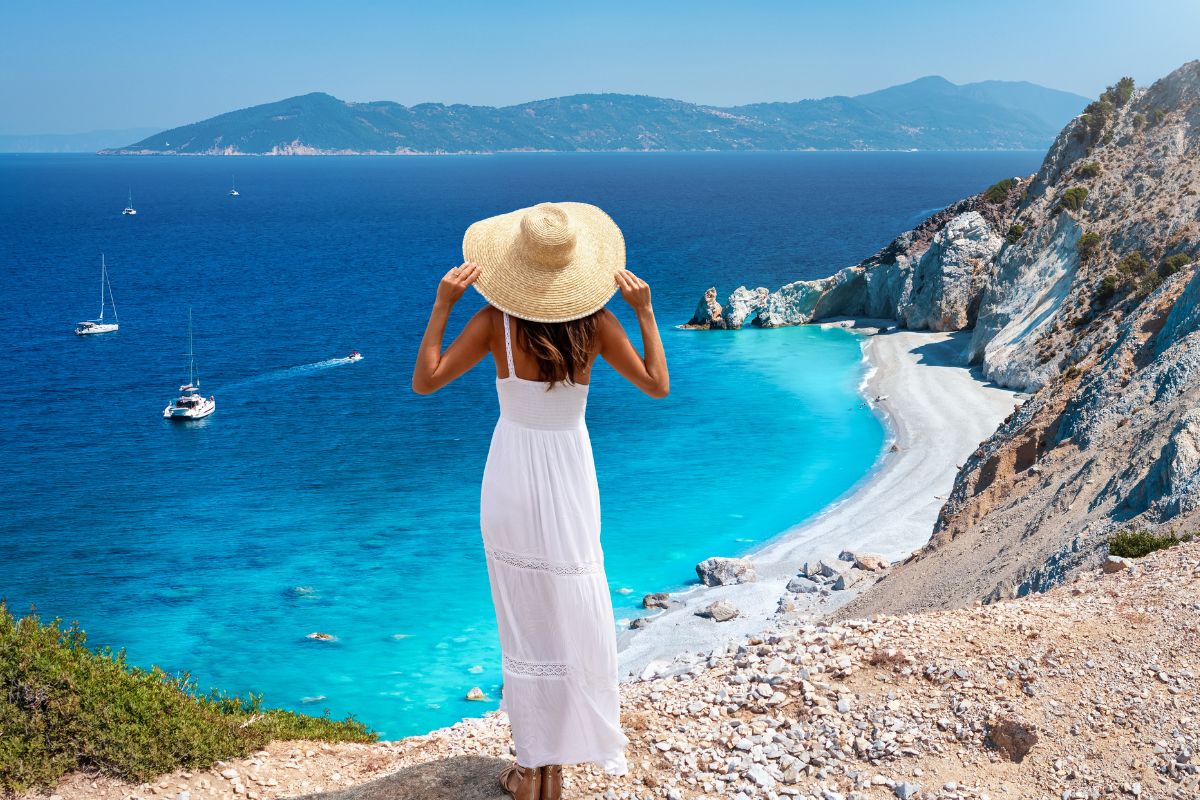So you wanna grab a real Greek dress without getting scammed? Yeah, tourist traps are everywhere, especially in those fancy shops near the Acropolis or on Mykonos. Here's how I totally messed up first, then finally figured it out.
The Big Mistake Part: Athens Edition
First time I landed in Athens, super pumped to get my hands on something authentic. Headed straight to Plaka, that old neighborhood everyone talks about. Bad move.
Every other shop screamed "Traditional Greek Costumes". Saw this white dress with loads of shiny gold embroidery, looked amazing under the shop lights. Seller was super pushy:

- "Handmade! Real silk! Very old design!"
- "Special price for you, only 200 euros!"
Felt special, paid up. Felt like an idiot later. Back at the hotel, checked the label – "Made in China". Felt the fabric, scratchy cheap polyester. The gold started rubbing off on my fingers. Pure junk. Felt like flushing 200 euros down the toilet.
Getting Tricked Again: Island Style
Thought okay, Athens was bad, maybe the islands are better? Tried Mykonos next summer. Found a shop near the windmills selling "village dresses". Bought this blue one for 150 euros. Shop owner swore it was real cotton, hand-woven locally.
Wore it that night for dinner. Disaster. Got super sweaty under the arms – fabric was stiff as cardboard and didn't breathe at all. Washing it once? Colors bled everywhere, shrunk so much it looked like a kid's dress. Total ripoff part two.
Finally Getting It Right: Naxos Saved Me
Got smart after getting burned twice. Changed my whole approach.
First, I asked locals. Seriously, just asked our guesthouse owner in Naxos where SHE would buy a dress. Not a shop trying to sell to tourists. She pointed me towards this tiny place in a village up in the mountains, no fancy sign, nothing.

Looked for signs of fakery:
- No "authentic" or "traditional" plastered everywhere. Just a small window display with a few pieces.
- Asked "Who made this?" The lady behind the counter smiled and said "My aunt in the next village. Want to see her workshop photos?" She showed me pictures on her phone – older woman weaving, actually holding the dress I liked! Real proof.
- Touched everything. The linen felt soft and cool. The wool parts were slightly rough but felt thick and strong. Heavy weight, not flimsy. Saw tiny variations in the stitching – definitely handmade.
- No pressure. She sat down, offered me water, told me about the designs without rushing.
- Checked the price. Was it crazy expensive? Actually cheaper than the tourist junk! The linen dress was 85 euros. She explained why – simpler design, no fake embroidery, just good fabric and honest work.
Bought it. Wore it all summer. Washed it maybe ten times now? Still looks and feels incredible. That’s the real deal.
The Big Lesson? Do This
Forget the main tourist streets. Run away from pushy sellers. Don’t be blinded by shiny stuff. Find the quiet places locals use.
- Pester someone local for a recommendation. Your taxi driver, the bakery owner, anyone not in the souvenir business.
- Handle the cloth like it's your money. Feel it, weigh it, see if it breathes.
- Ask "who made this?" and demand a real answer. Pictures of the actual maker are gold.
- Ignore huge markups. Honestly made pieces don't need fancy lights and high pressure to sell.
Takes more effort than walking into the first shop you see? Totally. But walking around feeling like you won, wearing something genuine? Absolutely priceless.












